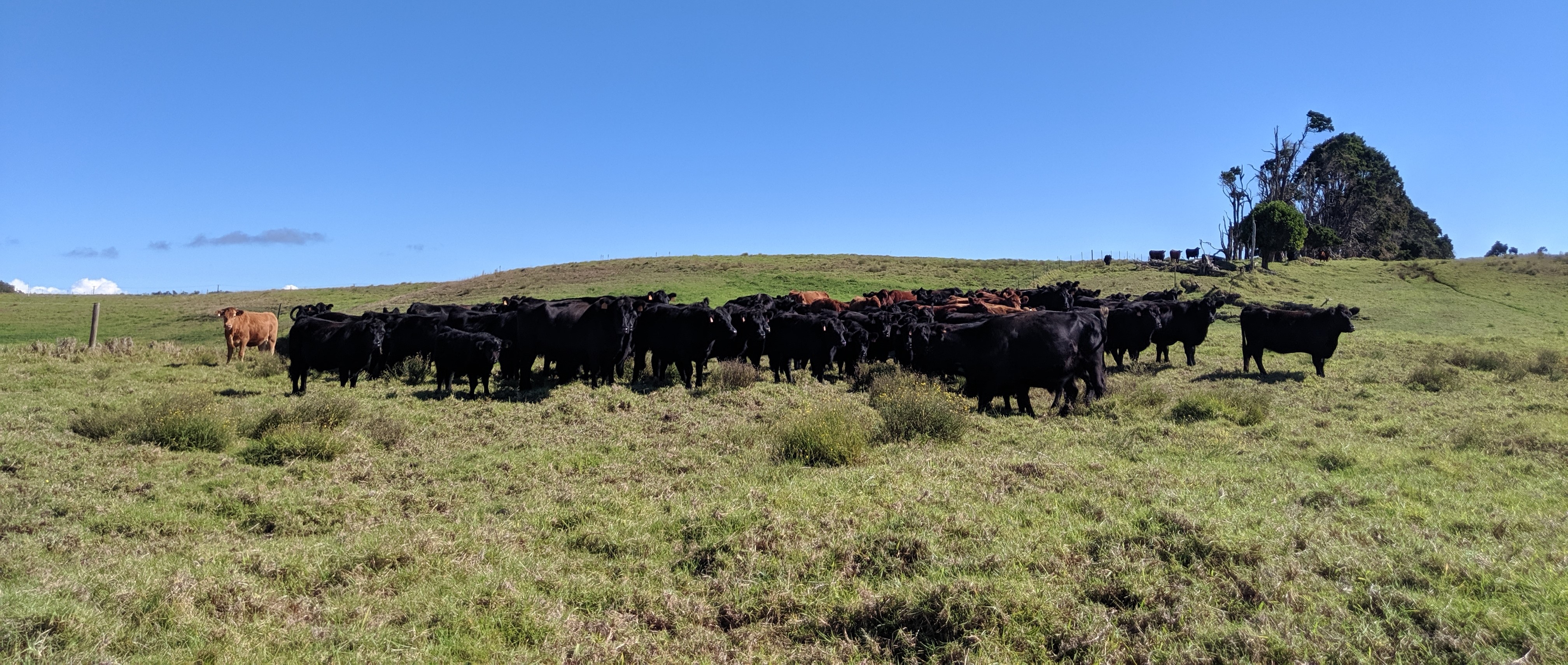Transportation
Transporting cattle is critical need for the industry as it is the only destocking option that ranchers have outside of processing. Ranchers are constantly improving their processes in shipping, striving for the health and well-being of the animals in their care. The transportation committee continues to work with our shipping partners to ensure that their cattle are properly cared for at every stage of the process. These documents are reviewed and updated periodically as needed.
INTERSTATE SHIPPING GUIDELINES FOR CATTLE
Interisland Livestock Shipper Certification - Coming Soon
The industry is developing a shipper certification to protect your ability to continue shipping livestock. The certification is currently in a pilot phase, collecting feedback from experienced livestock shippers before launching the program for all livestock shippers.
What is the Interisland Livestock Shipper Certification?
The Interisland Livestock Shipper Certification is an online training that briefly covers best management practices for interisland ocean transport of livestock in the state of Hawaii. This certification will be required for any shipper transporting livestock with Young Brothers via ocean freight. Certification training is free and will be valid for 3 years from date of course completion. The program start date is to be determined, but shippers will be given ample time to get certified.
What are goals of the Interisland Livestock Shipper Certification?
- Provide basic guidance to new livestock shippers to keep personnel and animals safe and protect the integrity of livestock shippers.
- Ensure that experienced shippers are reminded of guidelines every three years with a recertification.
- Demonstrate to community that the livestock industry is proactive in ensuring safe livestock shipping.
Why Do We Send Cattle to the Mainland?
Historically, the majority of cattle raised in Hawaii stayed in the islands for local consumption. When the cost of grain increased, it became too expensive to ship grain to the islands and the feedlots in the state closed down, followed by a reduction in processing facilities. The result is that cattle either stayed in Hawaii to be finished on grass, or got shipped as calves to be finished on grain in the feedlots on the mainland. Grass is a limiting factor, and for some operations, it is more economical to send their calves to mainland feedlots to satisfy the demand for grain-finished beef. There are guidelines to transporting cattle that have animal well-being as the top priority. However, the growing demand for local grass-fed beef has spurred more ranchers to aim to keep more cattle in Hawaii. The limitations to that, however, are availability of grass and access to the local processing plants in the state. Over the past few years, the number of cattle kept in Hawaii for local consumption is increasing, but we need more support for agriculture in general and upkeep for processing facilities in the state.
